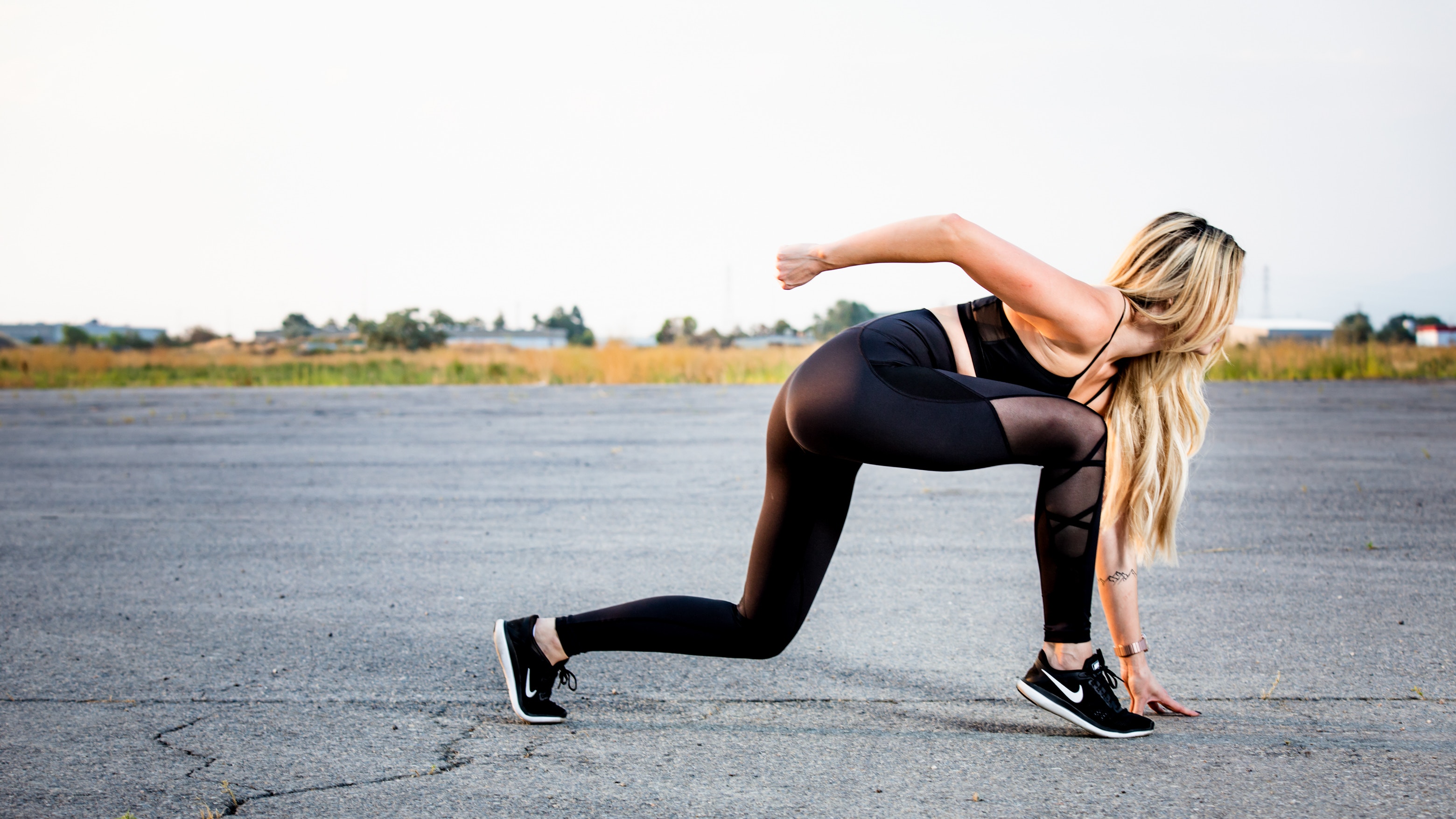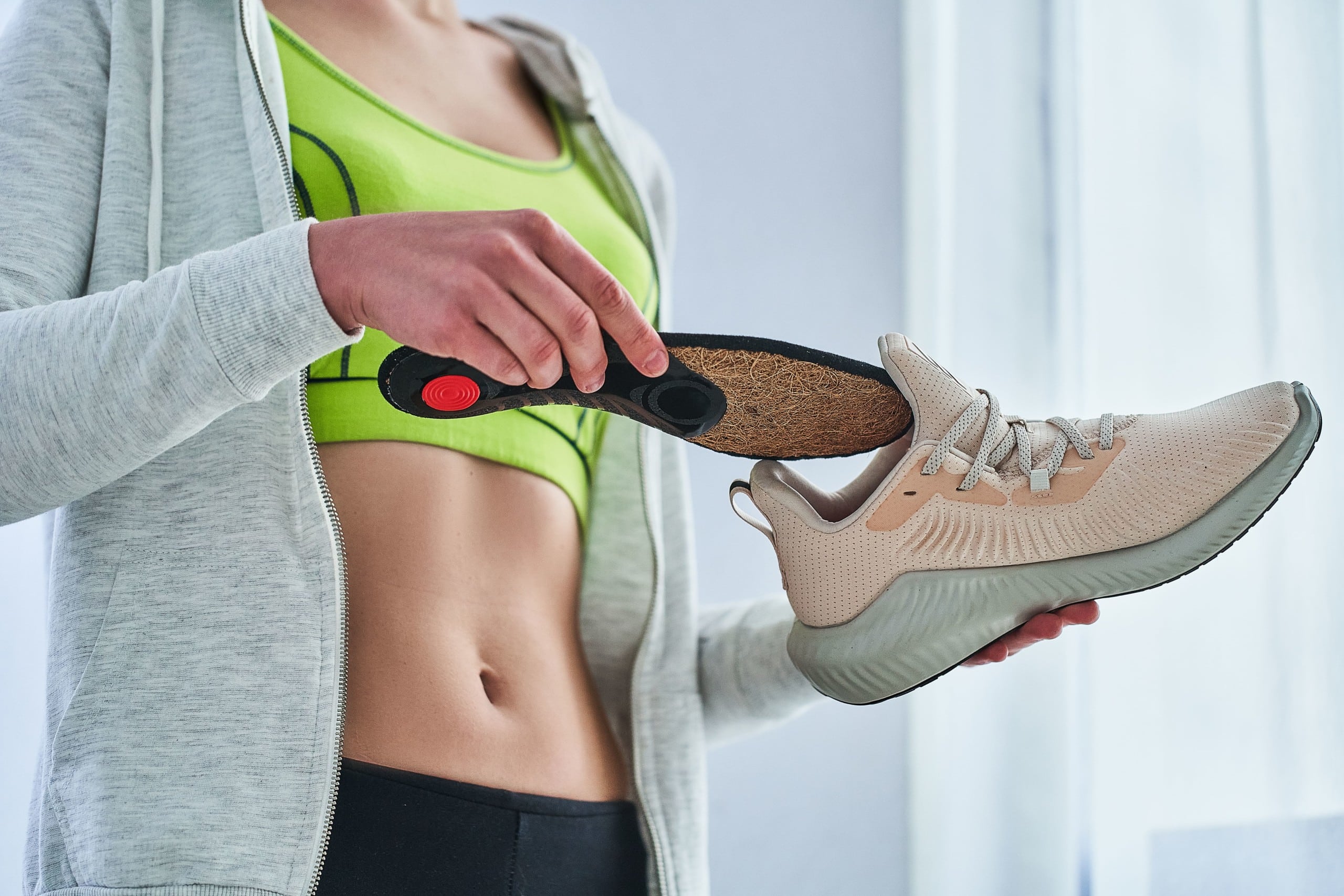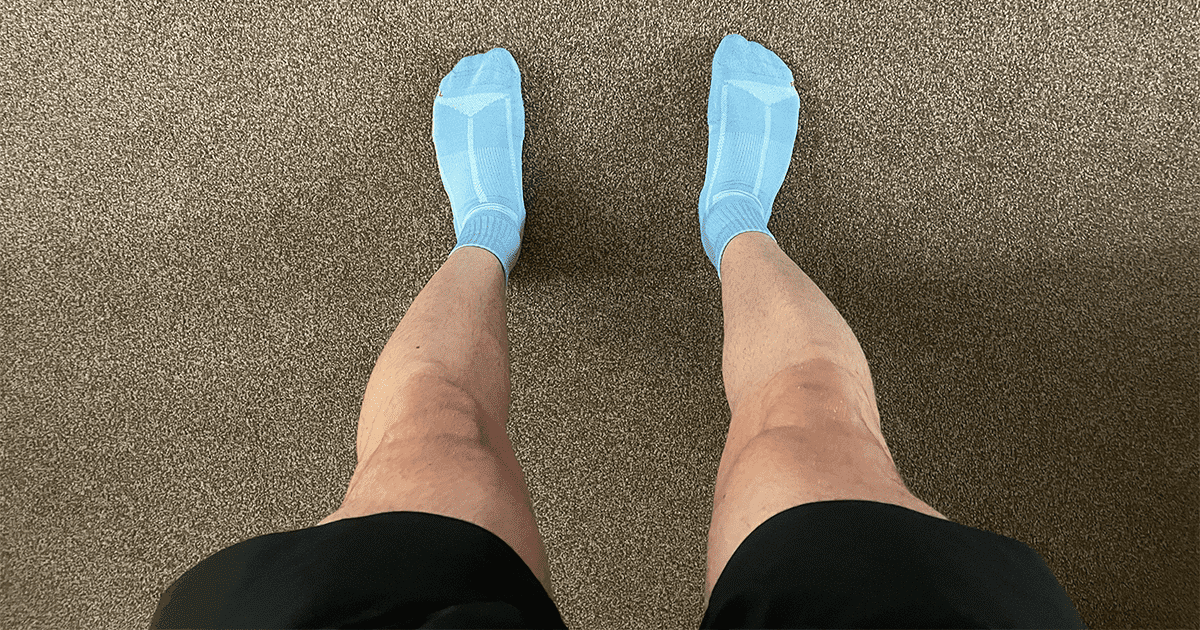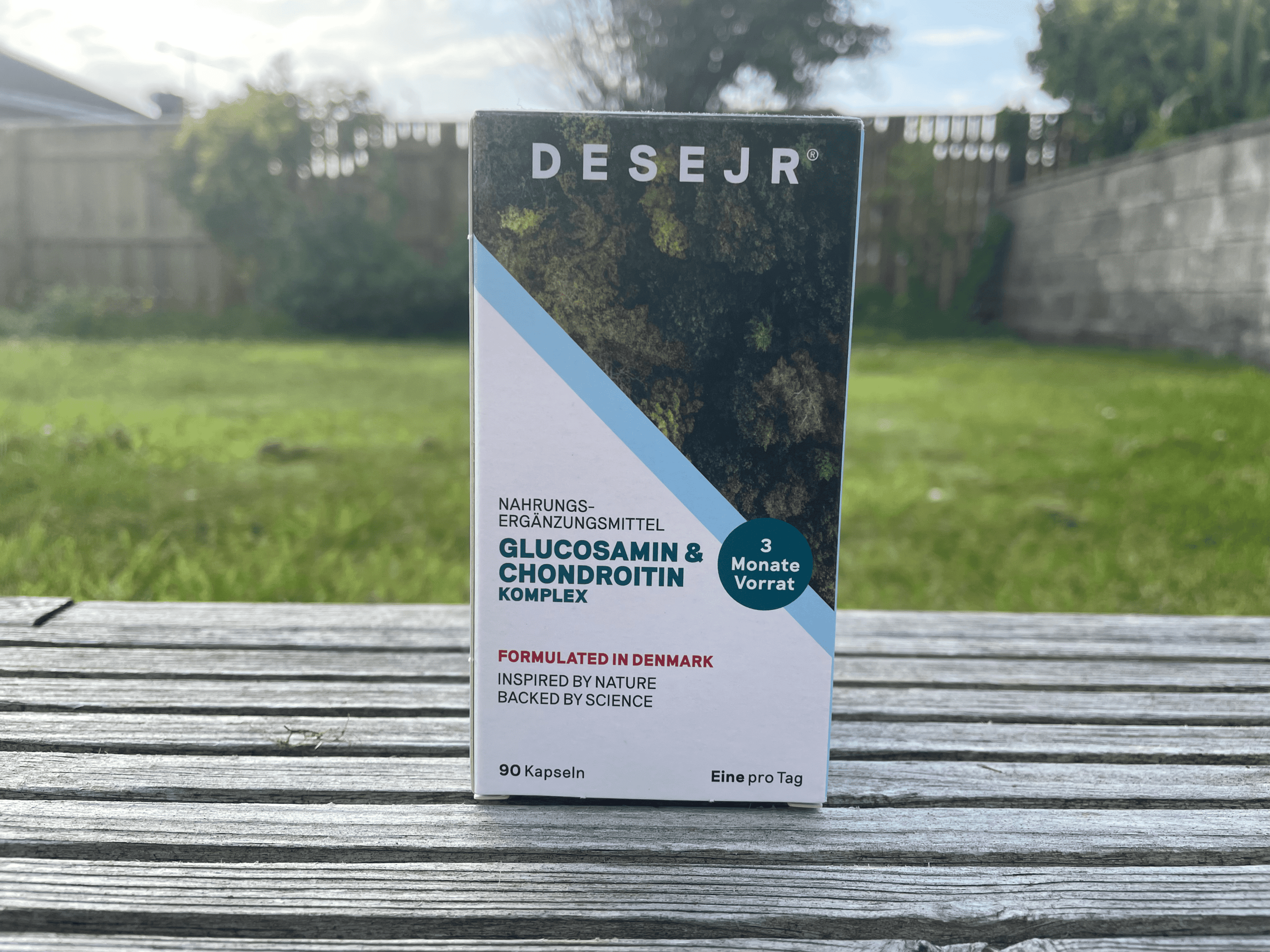Running recovery for beginners: the ultimate guide
To perform your best and reduce your risk of injury, it’s essential to recover properly after each run or race.

After finishing your run, it’s important to recover properly. This is crucial if you’ve just finished a race, long run, tempo run, or interval session. Without proper post-run recovery, we are limiting our potential to perform our best in our next run or workout.
There are many components that contribute to achieving optimal running recovery, both things you can do directly after your run and others you can do in the following hours or days.
This article will discuss these recovery components, from achieving the right amount of sleep to the best running recovery drinks.
Let’s get to it.
This post contains links to amazon. As an amazon associate, we will earn a small percentage on qualifying purchases. Find out more here.
Don’t skip the dreaded running cooldown
A running cooldown lowers our breathing, heart rate, relaxes our muscles, and removes lactic acid – reducing our recovery time.
Performing a running cooldown is even more important following a long run, tempo run, or interval session. This is to prepare us for our next run best as possible while also reducing our risk of injury.
To perform a proper running cooldown, we suggest running 10-15 minutes at an easy pace followed by some light static stretching.
Dynamic and static stretching

Before running, we suggest performing some dynamic stretching. Examples of these include:
- Knee to chest
- Side shuffle
- Lunges with a twist
- High kicks
- Jump squats
These dynamic stretches improve flexibility, increase blood flow to the working muscles, and increase our range of motion.

However, upon finishing your run, you should instead perform some static stretches. Unlike dynamic stretches, static stretches focus on holding one motion for a short amount of time.
Examples of static stretches include:
- Hamstring stretch
- Quadricep stretch
- Calf & Achilles stretch
Performing several static stretches after running enhances your running recovery and reduces your risk of injury. These stretches will release built-up tension in our muscles, stiffness, and any immediate pain felt as a result of running.
Likewise, regular static stretching will increase your flexibility and range of motion, all whilst helping you feel more relaxed.
Related: Static stretching or dynamic stretching: what are they?
Foam rolling to promote effective running recovery
Foam rolling is a method of myofascial release performed to reduce pain and muscle soreness. Foam rolling also increases blood flow and oxygen to our muscles. This speeds up our recovery and reduces our risk of injury.
Further benefits of foam rolling for runners include reduced inflammation, increased range of motion, reduced back pain, and increased relaxation – further promoting effective running recovery.
A basic foam rolling routine should focus on the following muscles:
- Hamstrings
- Glutes
- Upper & lower back
- Calves
- IT band
Tip: Foam roll multiple times per day, once in the morning, after your run, and before bed.
To view our full beginner foam rolling routine, click here.
What to eat after a run for recovery

After a run, you should aim to eat within the first 30-minutes. This is the ideal time to kick-start recovery as your body is in need of much-needed nutrients for growth and muscle repair.
You want to eat foods high in protein and carbohydrates. This is because protein is essential for muscle repair and carbohydrates are the bodies energy source, required for high-intensity work. Examples of meals to eat after training include:
- Tuna pasta
- Chicken, sweet potato and veg
- ½ cup of cottage cheese
- Chicken stir fry
You also want to avoid alcohol if possible. Alcohol will slow down your running recovery and muscle repair.
Tip: Prepare a post-run meal beforehand and keep it in the fridge.
Alternatively, you can also opt for a recovery drink immediately following your run or workout.
Running recovery drinks
As previously mentioned, runners may also opt for a recovery drink to speed up the recovery process. These drinks typically contain anywhere from 20-30g of protein and a mix of carbohydrates and essential vitamins and minerals.
These sports recovery shakes should be consumed immediately following exercise, especially within the first 30-minutes. This will provide the biggest bang for your buck, kickstarting the recovery process.
There are a variety of different running recovery drinks available. Some contain more protein or carbohydrates than others, however, ultimately your choice of drink is down to personal preference.
Nevertheless, we’ve gathered together two of our favourites below:
1. Science in sport rego rapid recovery
The science in sport rego rapid recovery is a personal favourite of ours. Higher in carbohydrates than most recovery drinks, the rego rapid recovery mix is designed to not only provide adequate protein to kickstart recovery but provide enough carbs to increase energy levels for the rest of the day.
Taken directly after running or exercise, the carbohydrates provide sufficient energy and nutrients until your next meal, whether that’s one hour away or four hours away.
2. PhD nutrition diet whey protein powder
The PhD nutrition diet whey protein powder comes in twelve different flavours including vanilla cream, salted caramel, and chocolate orange. Containing 17g of protein per serving, with more than one serving available, this whey protein mixture is low in calories, high in protein, and enhances muscle recovery following exercise.
Running recovery supplements
There are very few effective recovery supplements on the market for the sport of running, besides protein powder and recovery shakes.
Nevertheless, electrolyte mixes can be beneficial for some runners – especially if running longer distances or running in the heat.
The main electrolyte lost during exercise is sodium. Sodium is responsible for maintaining a healthy water balance. Just like recovery drinks, electrolyte mixes can also be supplemented into our diet.
Too little sodium in our body and this will lead to weaker muscles and muscle cramps – not allowing us to perform our best.
Related: The best supplements for runners – improve performance and recovery.
Science in sport go hydro hydration electrolyte tablets
Available in five different flavours including berry, cola, lemon, and pink grapefruit, these hydro tablets contain zero sugar and natural flavours only. High in sodium, these tablets are perfect for replacing lost electrolytes from a long and/or hot run.
Trusted by professional sports teams including Team Sky and Manchester United FC, these hydro tablets are a piece of kit that certainly deserves a place in your training bag.
Hydration
Proper hydration is key to optimal running performance. You should aim to drink plenty of fluids before, during, and after your run.
In particular, consuming fluid after your run is especially important as your water and electrolyte content is much lower. This will also reduce your risk of dehydration, muscle cramps, and will fast-track the recovery process.
Tip: Weigh yourself before and after running. Whatever the difference is, replace this with sufficient fluids to enhance recovery.
The right amount of sleep for recovery

When we exercise our muscle cells breakdown. Sleep allows us to repair and rebuild these muscle cells, allowing us to become faster and stronger runners.
We should aim to get a minimum of eight to ten hours of sleep per night.
If we don’t get enough sleep, we increase our risk of injury and slow down the recovery process. This is because we are not allowing our muscle cells adequate amounts of time to repair and rebuild, ready for our next run.
To achieve better sleep:
- Avoid drinking caffeine after 12 pm
- Don’t nap throughout the day
- Reduce blue light exposure
- Set a waking and sleeping schedule
For further information and tips on sleep, we recommend checking out our blog post on the importance of sleep as a runner.
Takeaway
To maximise our running recovery, we should perform a mix of running cooldowns, proper stretching, hydration, nutrition, and high-quality sleep.
Aim to drink a post-run recovery shake or consume a meal within 30-minutes for best results. Likewise, sleep is arguably the most important factor. Be sure to head to bed at an early hour, set a schedule, and block out blue light such as TV and phone screens before heading to sleep.

Matthew is a lifelong runner, chief tester of all products, the founder of Running101, and freelance content writer for active brands. When he’s not writing, he enjoys lifting weights, cycling in the Lake District, and watching fast cars drive in circles on a Sunday. He also has a BA in sport, exercise and physical activity from the University of Durham.







